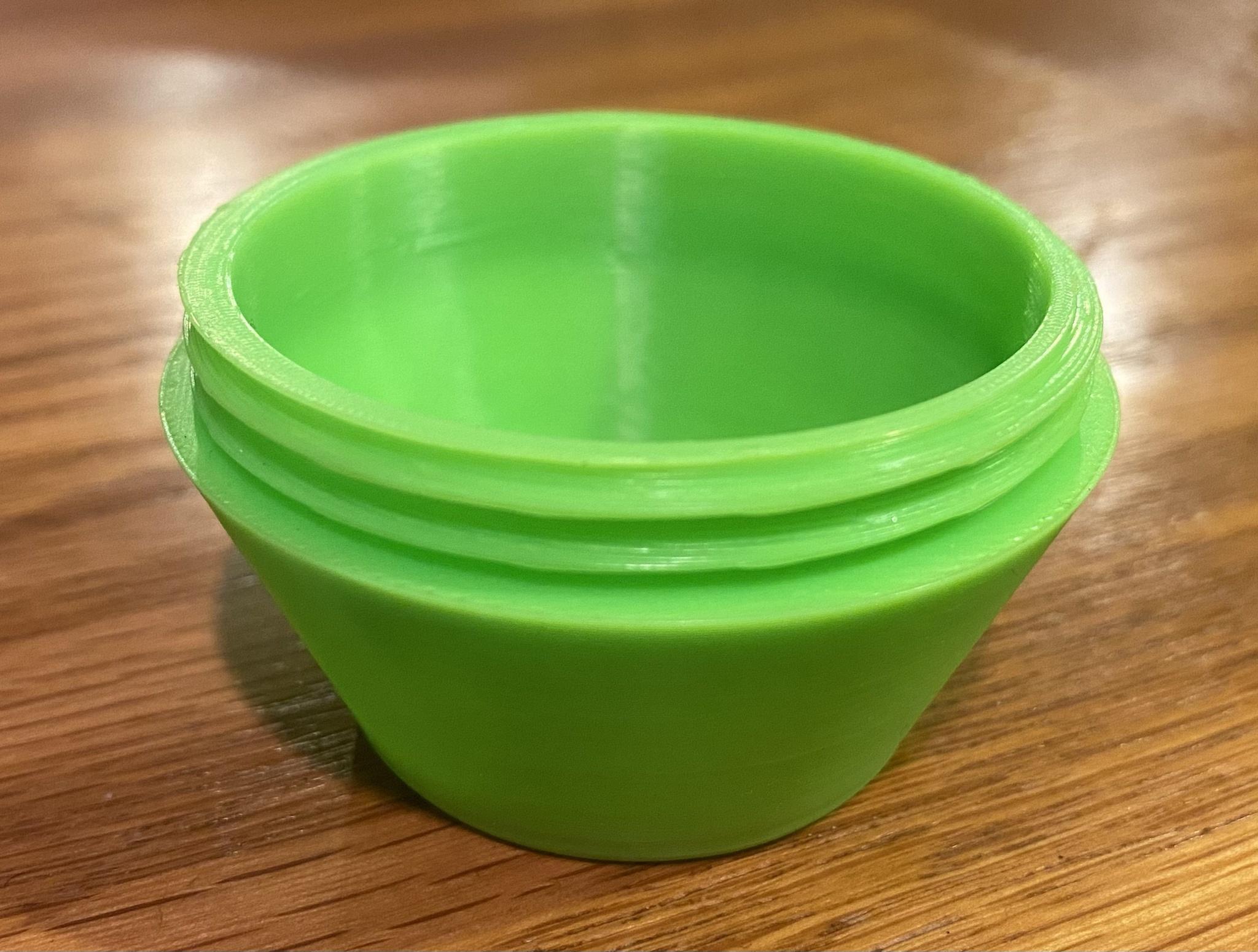- Joined
- Jun 4, 2018
- Messages
- 1,287
- Reaction score
- 924
Because I'm on a 3d printing kick decided to do something different, and just because. No performance, etc. goals. This is going to use a 3" mail tube with the nose cone, fins, etc. printed out of PETG and bolted together.
Capture of the three part nose cone, its simply too long for my printer and I like longer not stubby nose cones.

Then the modular fin can. Fins are airfoil shaped; not sure if I will print them that way for the trial runs or not.

Fin can will take a standard 38mm LOC tube as a liner with an Aeropak retainer. Was going to print up a retainer, but my barely there CAD skills and threads are not working out too well.
Capture of the three part nose cone, its simply too long for my printer and I like longer not stubby nose cones.

Then the modular fin can. Fins are airfoil shaped; not sure if I will print them that way for the trial runs or not.

Fin can will take a standard 38mm LOC tube as a liner with an Aeropak retainer. Was going to print up a retainer, but my barely there CAD skills and threads are not working out too well.





















